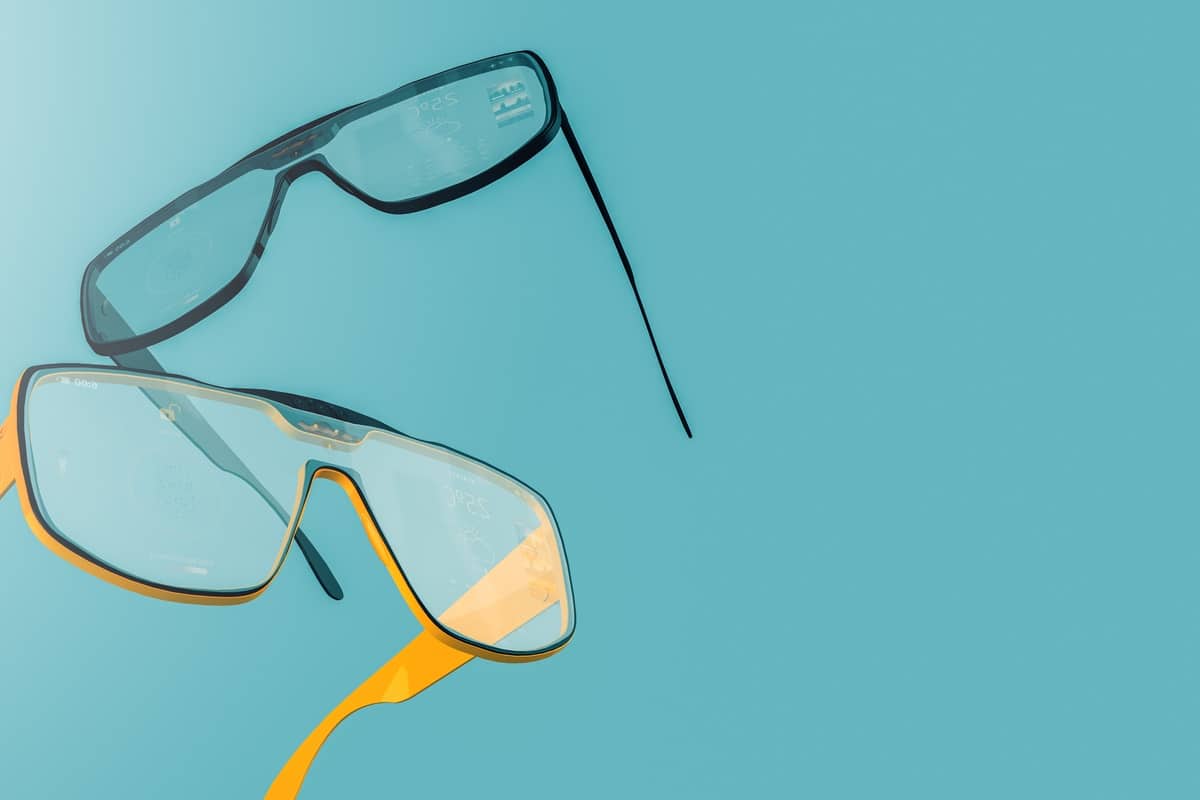Few conditions are as pervasive and vexing as dry eye in eye health. Whether it’s the discomfort of sandy, gritty sensations or the seemingly paradoxical experience of watery eyes, a dry eye can significantly impact daily life. In this article, we’ll explore the nuances of dry eye, exploring its causes, symptoms, and various treatment options to help you find relief.
The Paradox of Watery Eyes

Dry eye, although labeled for its lack of moisture, frequently exhibits symptoms that defy expectation. Among these counterintuitive manifestations, the sensation of watery eyes stands out as particularly puzzling. Patients are often confounded by this seeming contradiction, struggling to comprehend how a condition characterized by dryness can result in the production of excess tears. This perplexing aspect underscores the nuanced nature of the dry eye and emphasizes the need for a deeper understanding of its mechanisms and management strategies.
Tears and the Tear Film
To understand this paradox, it’s essential to grasp the dynamics of the tear film. The tear film consists of multiple layers, each serving a crucial role in maintaining ocular health. When the high-quality layers of the tear film are compromised, such as through insufficient blinking or exposure to environmental factors like sun and wind, the brain perceives a potential threat and initiates a reflex tear response. These reflex tears, produced in abundance, are not only watery but also lack the appropriate balance necessary for optimal eye lubrication. Thus, despite the presence of tears, the eyes remain dry, perpetuating the cycle of discomfort and irritation characteristic of dry eye.
Recognizing Dry Eye Symptoms
Beyond watery eyes, dry eye manifests through a myriad of symptoms that can significantly impact daily activities. Patients may notice sensations of eye strain, particularly during tasks that require sustained visual focus, such as reading or working on a computer. The sensation of foreign bodies or gritty particles in the eye is another hallmark sign of dry eye, indicating a deficiency in tear film quality.
Fluctuating Vision
Another common symptom of dry eye is fluctuating vision. This inconsistency in visual acuity can be attributed to the instability of the tear film, which directly affects the clarity of vision. Patients may find that their vision fluctuates with blinking or that they need to intermittently close their eyes to achieve clear vision—a clear indicator of underlying dryness.
Finding Relief: Treatment Options
Fortunately, there are numerous treatment options available for dry eye, ranging from simple lifestyle modifications to advanced medical interventions. The appropriate course of treatment depends on the underlying cause and severity of the dry eye condition, which can be determined through a comprehensive eye examination.
At Art of Optiks, our team specializes in diagnosing and managing dry eye, tailoring treatment plans to address each patient’s unique needs. From artificial tears and lubricating eye drops to prescription medications and advanced therapies like LipiFlow®, we offer a comprehensive approach to relieving dry eye symptoms and improving ocular comfort.
In Summary

Dry eye is a complex and diverse condition that demands individualized approaches for effective management. By investigating its underlying causes, identifying its varied symptoms, and exploring the array of treatment options available, individuals can alleviate the discomfort and irritation that often accompany dry eye, restoring clarity and comfort to their vision. Should you require expert guidance and personalized solutions tailored to your unique needs, we encourage you to reach out to Art of Optiks today for professional assistance and support.




